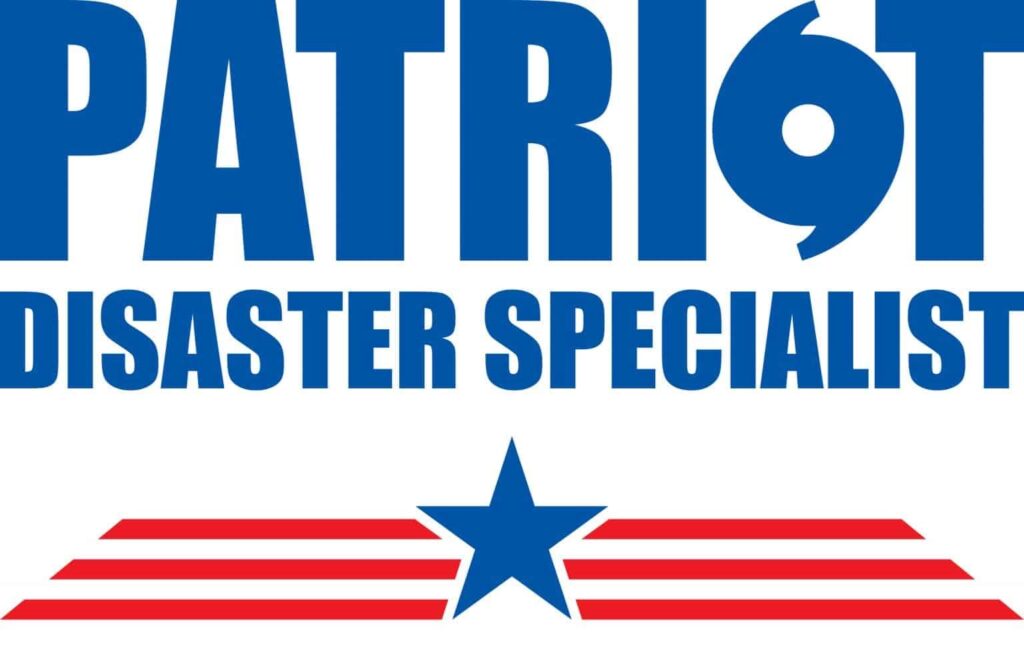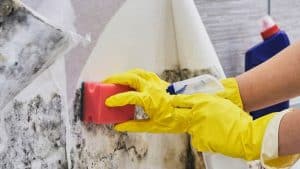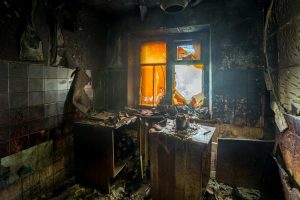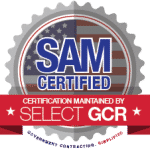When water damages your home or business, there is nothing organized about it. It can destroy any material and reach any height. However, when it comes to determining the severity and risk of the damage involved, there is actually a very standardized way of doing so. Classifying and categorizing water damage is an important initial step to beginning a water damage restoration. It’s an easy way to organize the job and dictates what methods and equipment should be used. Though every water damage restoration is unique, the same classes and categories are used.
Categories
In rating a water loss event, insurance companies typically use three different categories. These categories are important because they could affect the type of coverage from an insurance company. But even more importantly, these categories are divided by the level of contaminants, and represent different levels of health risk.
Category 1
A Category 1 water loss event involves clear, potable water. The water comes from a clean source such as broken water supply lines, melting snow or ice, or falling rainwater. Although experts recommend that Category 1 water not be inhaled or ingested, to do so would likely pose no significant risk.
There is a possibility of water initially categorized as a Category 1 changing to a Category 2 or even Category 3. If a leak from a clean water pipe comes in contact with a contaminating substance, that water could change categories, despite its original Category 1 rating.
Category 2
Category 2 involves water with a degree of contamination that is considered unsafe. Coming into contact with Category 2 water could make a person sick. Sources for this water could be discharge from dishwashers or washing machines, overflows from a bathtub, or broken aquariums.
Just like a Category 1 water loss, if the water comes in contact with other contaminants, a Category 2 water loss can also change to a higher category. Even sitting for an extended period of time can cause the water to become stagnant and filled with bacteria, changing its category.
Category 3
A category 3 water loss event involves massively contaminated water. Direct contact with Category 3 water should be avoided as it is likely to contain pathogens or other toxins. Category 3 water could come from toilet backups or overflows, sewage water, or ground surface water.
Classes
In a water loss event, classes are used to designate the amount of water involved, the size of area affected, and the type of material affected. These variables determine the length of dry out and amount of equipment needed to perform a water damage cleanup.
Class 1
A class 1 water loss damage involves only a small amount of water. This class of event affects only a small portion of a house, not the entire house, and can usually be repaired with some suction of water rather than material replacement.
Class 2
A class 2 type of water loss damage involves a larger amount of water, typically affecting an entire room. Some drywall and carpet may need to be replaced to prevent mold growth.
Class 3
A class 3 type of water loss damage could affect an entire floor of the house, as in a flooding event of the ground floor. Much demolition and replacement is usually required including floors, walls and possibly even ceilings.
Class 4
Class 4 is a specialty drying situation usually involving porous, hard-to-dry materials such as concrete, brick, and plaster. Long dry times and specialty equipment may be required to remediate these situations.
If you experience water damage in your home or business, the most important thing to remember is to stay safe. Water damage can present its own hazards to health and safety and great care should be taken before considering undertaking any restoration on your own. Trusting in the professionals can be a great burden less on you when you have so many other details to tend to during your water damage restoration.
For more info or to schedule a consultation contact us today at 800.922.4410




